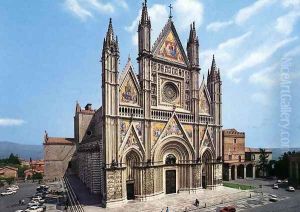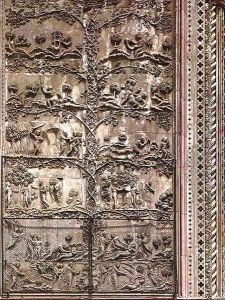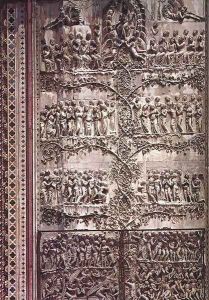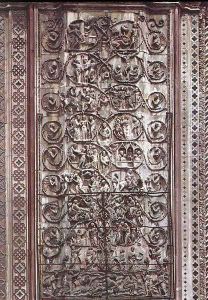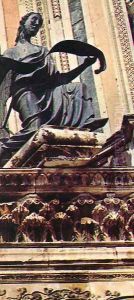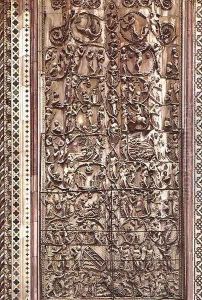Lorenzo Maitani Paintings
Lorenzo Maitani, born around 1275 and deceased in 1330, was a prominent Italian architect and sculptor of the Middle Ages, celebrated primarily for his masterful work on the Orvieto Cathedral in Orvieto, Italy. Maitani is often credited with being one of the key figures in the transition from the Romanesque to the Gothic architectural style in Italy. His contributions to the Orvieto Cathedral, especially, showcase his innovative approach to architecture and his ability to blend sculpture with architectural elements, creating a harmonious and visually stunning masterpiece.
Maitani was originally from Siena, a city renowned for its rich artistic and architectural heritage. Little is known about his early life and training, but his work reflects a deep understanding of both Gothic and Romanesque styles, suggesting he was well-traveled and knowledgeable about the contemporary architectural developments across Europe. By the time he was commissioned to work on the Orvieto Cathedral in 1310, Maitani had already established himself as a skilled architect and sculptor. His task was to design and oversee the construction of the cathedral's façade, which was facing structural issues and needed both aesthetic and functional enhancements.
Maitani's solution was both innovative and ambitious. He reinforced the structure and designed a façade that was richly decorated with sculptures, mosaics, and bas-reliefs, depicting scenes from the Bible and the Last Judgment. This façade is considered a masterpiece of Gothic architecture in Italy, showcasing Maitani's skill in integrating narrative elements into architectural design. His work not only stabilized the building but also transformed the cathedral into a significant pilgrimage and tourist site, admired for its beauty and complexity.
Lorenzo Maitani's legacy is closely tied to the Orvieto Cathedral, but his influence extends beyond this single work. He is remembered as a visionary who contributed significantly to the development of Gothic architecture in Italy. His approach to design, which emphasized the unity of architecture and sculpture, paved the way for future generations of architects and artists. Maitani's work remains a testament to the creative and technical achievements of medieval European architecture, and his contributions continue to be studied and admired by architects, historians, and art lovers around the world.
